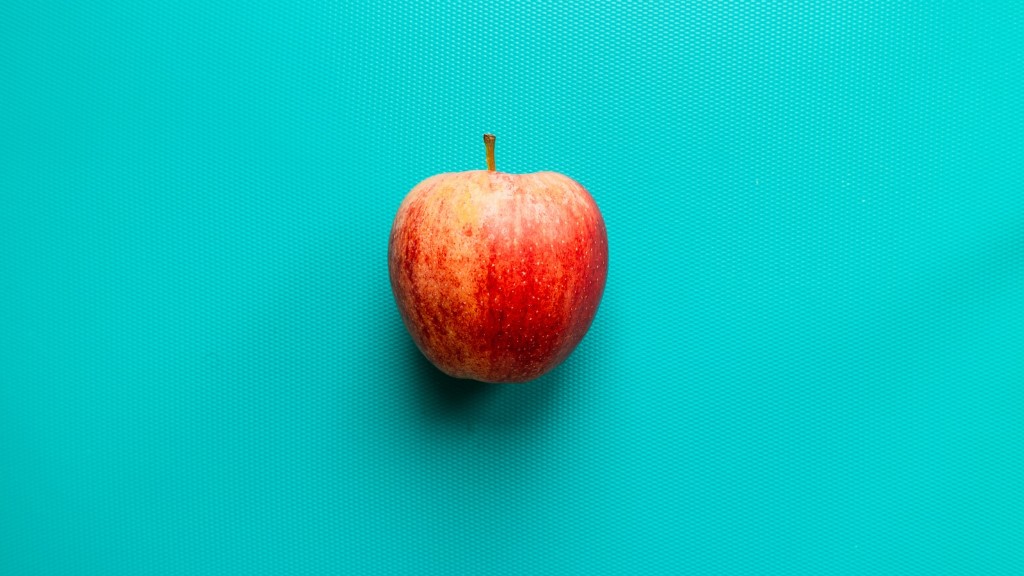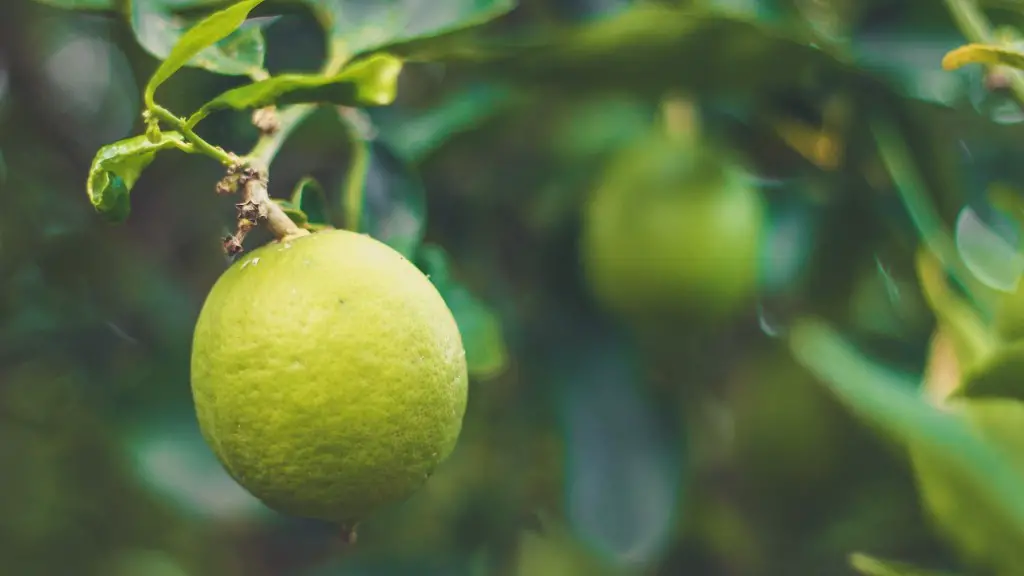Do you need more than one apple tree? The answer is – it depends. On the size of your orchard, the amount of time and effort you put into it, the type of apples you wish to grow, the amount of sun and the region of the country you live in. If you plan to have a small orchard, then one tree might not be sufficient. However, having more than one apple tree can bring about many benefits.
Growing more than one apple tree can provide increased pollination, since different apple varieties require this. It will also bring diversity to your harvest, since different apple varieties require different care, and different amounts of sunlight and water. Furthermore, having more than one tree will allow you to test which variety works best in your climate, as some trees may yield better results than others.
When you decide to plant multiple apple trees, it is important to plant an overlapped mix of different varieties. This will avoid possible cross-pollination issues between varieties, allowing you to expand your harvest and variety of apples. Also, consider the spacing of your trees, as proper spacing between trees plays an essential role in their growth, development, and health.
Finally, while planting more than one apple tree may require more time, effort, and resources in the long run, the results will be worth it. With proper care, your trees will be more resilient and provide increased yields. In addition, having diverse varieties of apples can bring people in your neighborhood and local markets a wider variety of tasty, healthy apples.
Soil Conditions
Apart from choosing and planting your apple trees, it’s important to consider the condition of the soil you’ll be planting them in. An apple tree needs well-draining soil to ensure its roots don’t become waterlogged, and it needs to be able to access enough nutrients for the tree to grow healthy. You can test for soil drainage, nutrition, and pH levels with a soil test kit, found readily online or at your local nursery.
Once you have accurate readings from the soil test, you can then decide what organic material and fertilizers are best to use. Apple trees prefer soil that holds a moderate or higher level of organic material, so adding compost or mulch is a great way to improve the health of your soil. Also, if your soil is low in certain nutrients like nitrogen or phosphorus, you can use fertilizers that are specifically designed for fruit trees to correct these levels.
Finally, even if you have the best soil conditions, understanding proper watering techniques is essential. Apple trees need regular, consistent watering throughout their growing season, and water is especially important during certain growth stages such as flowering, fruit set, and harvest.
Pruning
If you want to maximize your yields from your apple trees, then it’s important to prune them on a regular basis. Proper pruning can help to shape your trees according to your preferences, and help them reach their full potential. It also helps to keep the trees healthy, vigorous, and helps to promote overall growth.
When pruning, it’s important to remember that there is a different approach for trees that are young, and ones that are mature. As your trees get older, you will want to remove any dead branches or ones that are crossing other branches. You should also look out for branches that are too crowded, or are not growing in the correct direction, as these will need to be removed as well.
It’s also important to pay attention to the tips of the branches. Remember to make your pruning cuts at 45-degree angles, and make sure not to leave too many stubs, as these can cause diseases to spread. Finally, study your trees even after pruning to make sure you have removed all the necessary branches.
Diseases and Pests
One of the biggest threats to the growth of your apple trees are diseases and pests, and they can be hard to deal with if they take hold in your orchard. Most disease prevention lies in maintaining your trees properly, along with ensuring that they have good air circulation and enough space in between them. This will help to reduce conditions that can lead to diseases taking hold of your trees.
When it comes to pests, it’s important to inspect your apple trees regularly. The most common pests include aphids, spider mites, and coddling moths, so make sure to look for signs of these when inspecting your trees. If you discover these, there are a number of organic treatments that can be used to kill them off without damaging your trees.
If you’re dealing with more severe infestations of pests or diseases, it’s important to seek professional help as soon as you can. Professional tree services can help to control the spread of infestations, and keep your apple trees healthy and productive.
Fertilizers
In addition to correct soil preparation, fertilizing your apple trees is incredibly important. Not enough nutrients in the soil can lead to stunted growth, poor yields, and low quality fruit. Applying the right type and amount of fertilizer can help your trees to reach their optimal growth potential, and give you the best possible yield at harvest time.
The best time of year to fertilize apple trees is prior to blooming and during the initial stages of growth. During these times, trees need nitrogen and phosphorus, so it’s important to apply the right type of fertilizer. Also, remember that organic fertilizers are generally more beneficial for the soil, as opposed to synthetic ones. Furthermore, be sure not to over-fertilize your trees, as this can be detrimental to their health.
Finally, applying mulch to the base of your apple trees can help to keep the roots safe and provide added nutrients for the tree. This can help to improve yields, reduce disease and pest infestations, and help keep the soil temperature more consistent.
Harvesting
Knowing when to harvest your apples is essential, as harvesting too early can lead to less-than-optimal flavors, while harvesting too late can affect the texture and shelf-life of the fruit. Apple trees usually start to bear fruit after the third growing season, so it’s important to pay attention to when each variety begins to produce. Once your apples have reached the right size, and the stem and sepals have twisted off easily, it’s time to harvest them.
Using proper tools is essential when harvesting your apples. You’ll need to have a ladder, a pruning shear, a fruit picker, and a harvesting bin. Remember to use these tools safely, and wear protective gear such as gloves, long pants, and long-sleeved shirts if needed. Finally, only harvest ripe apples, and leave the green ones for later.
Having more than one apple tree can bring many benefits in terms of increased pollination, variety, and yields. With proper care, your trees will be more resilient, providing you with a wider range of healthy and tasty apples. Overall, having more than one tree can be a great idea for your orchard, and the extra effort will be worth the results.



